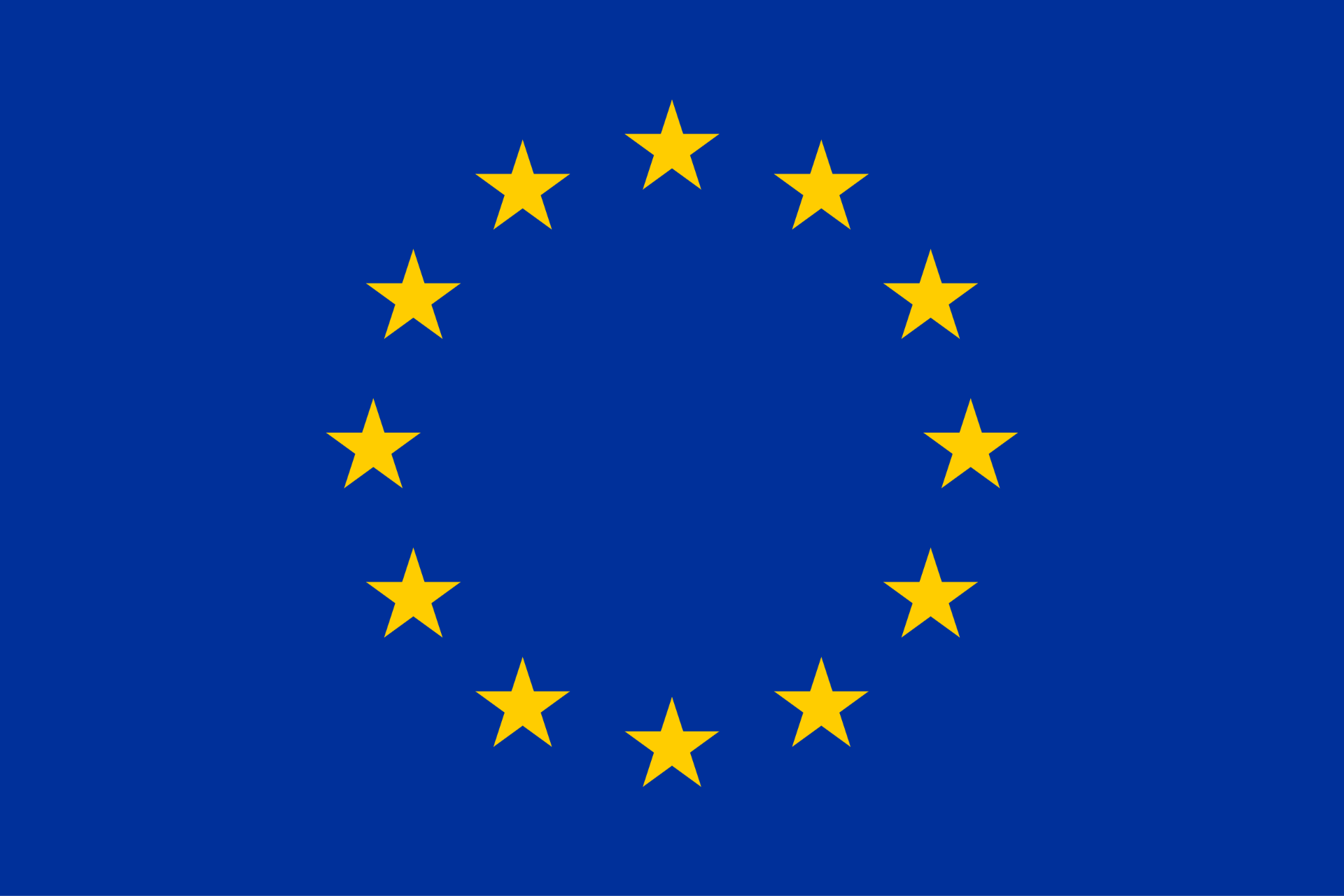Music and Emotion (Virtual Meeting)
MetniActivity 5 - Virtual "Music and Emotion"
15-17 April 2025, Zoom (Online)
Coordinating Institution: Amicus Junior Kindergarten, Iași, Romania
Partner Institutions: Bağlarbaşı İlkokulu (Türkiye) and École Fondamentale Libre Saint Joseph (Belgium)
The fifth meeting of the Erasmus+ partnership, which was also the second virtual meeting and was coordinated by Amicus Junior Kindergarten in Iași, Romania, brought together teachers and children from Belgium, Türkiye, and Romania to explore the theme "Music and Emotion." The activity aimed to help children understand and express emotions through music, sound, and movement, while at the same time strengthening intercultural cooperation and creativity among the partner schools.
Over the course of three days, participants engaged in a wide variety of musical workshops connecting emotion, rhythm, and imagination. The sessions were held on the Zoom platform and followed the structure described in the approved Erasmus+ project proposal, combining teacher-led presentations, children's performances, and reflection moments.
The first day, titled "Music and Mood," focused on how music can influence emotional states. Children listened to songs from each partner country and discussed how different melodies made them feel. Romanian educators introduced activities such as "Friendship Clap" and "Colors and Emotions," where children expressed joy, calmness, or curiosity through rhythm, gestures, and color associations. The Belgian and Turkish teams presented short videos of classroom activities in which children sang traditional songs and shared their emotional reactions.
The second day, coordinated by the Romanian team, was dedicated to "Musical Improvisation." Children explored rhythm and creativity using both real and improvised instruments. In Romania, they played musical bells and created spontaneous melodies inspired by different emotions. The Belgian team presented their "Rhythmic Circle" activity, which encouraged focus, cooperation, and teamwork through collective rhythm creation. Turkish children brought a distinctive cultural element by performing with block flutes and traditional wooden spoons, used as improvised castanets, showing how simple objects can become expressive musical tools.
The third day focused on "Musical Creation and Reflection." Children worked in groups to compose short songs expressing emotions such as joy, courage, or hope. Romanian children created a "Musical Collage" combining clapping, singing, and light percussion, while the Belgian group presented the workshop "What Emotion Do I Want to Convey?", where students selected an emotion and expressed it through sound. Turkish participants performed cheerful musical pieces combining flutes, tambourines, and spoon percussion. The meeting concluded with a collective performance of the song "Clap Your Hands, Smile with Me," followed by greetings in each language, symbolizing friendship and unity beyond borders.
The examples above represent only a selection of the many musical activities carried out and recorded by each of the participating schools. Every institution contributed its own creative ideas, interpretations, and music-based exercises adapted to the age of the children, all aiming to promote emotional awareness, expressiveness, and intercultural cooperation.
Throughout the three days, the sessions maintained an atmosphere of joy, inclusion, and authentic emotional engagement. Teachers moderated transitions between countries, while children reacted with excitement, recognizing familiar faces and instruments from other cultures. Despite minor technical interruptions, the activities proceeded smoothly, demonstrating strong coordination and collaboration among all partners.
In total, 45 children and 9 teachers actively participated in the event. The activity clearly demonstrated that music could act as a bridge between emotion and expression, fostering empathy, self-confidence, and intercultural understanding. Children improved their ability to identify and express emotions, to collaborate, and to listen actively, while teachers exchanged innovative strategies for integrating music into emotional education. The results of "Music and Emotion" strengthened the mission of the Erasmus+ partnership—to cultivate creativity, understanding, and meaningful connections among children and educators across Europe.
